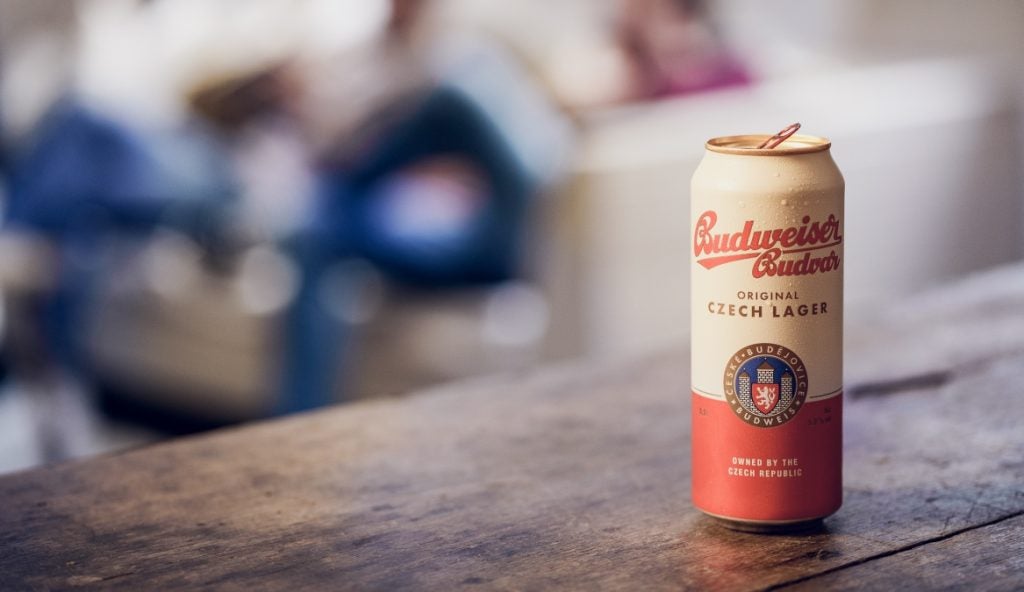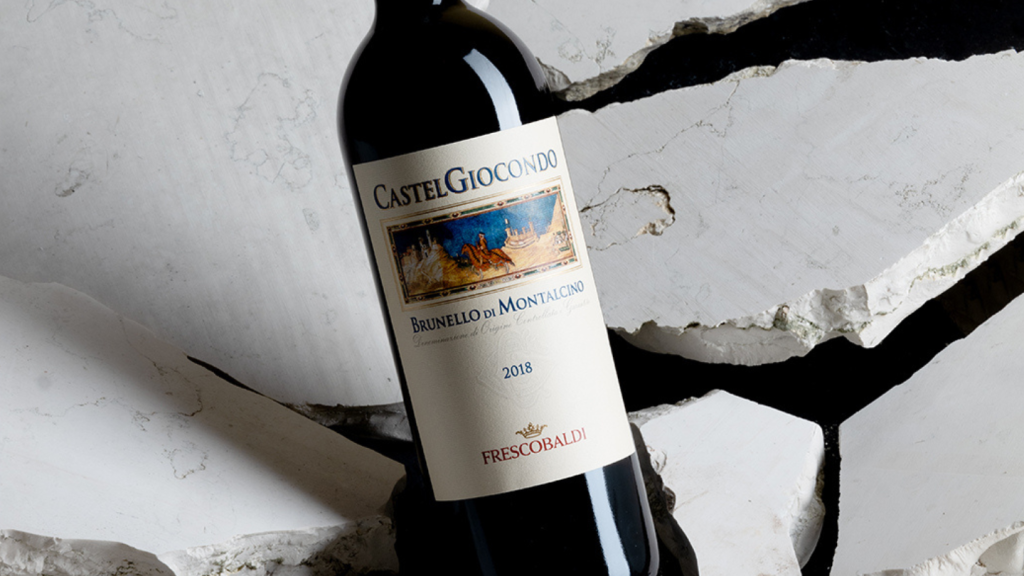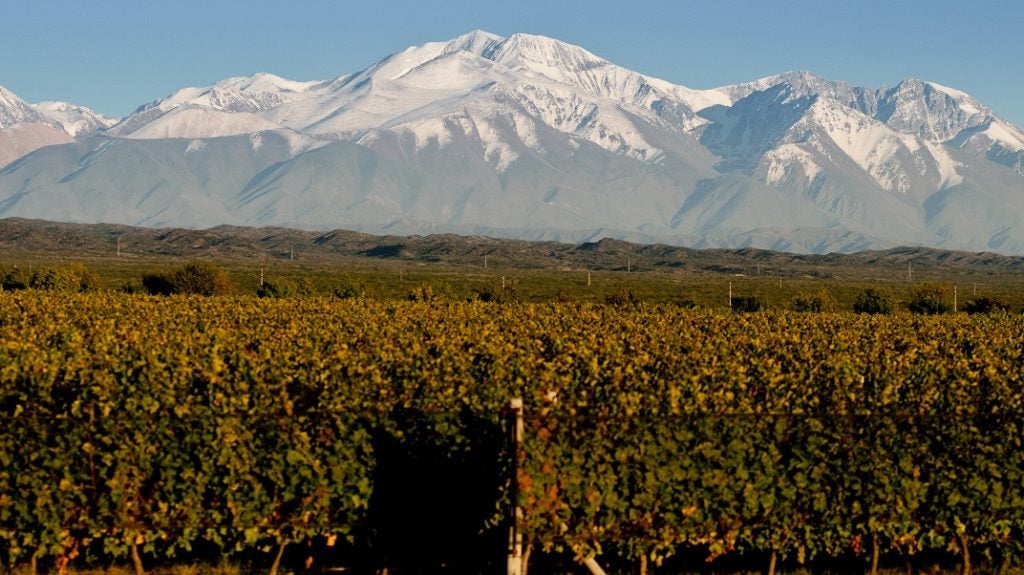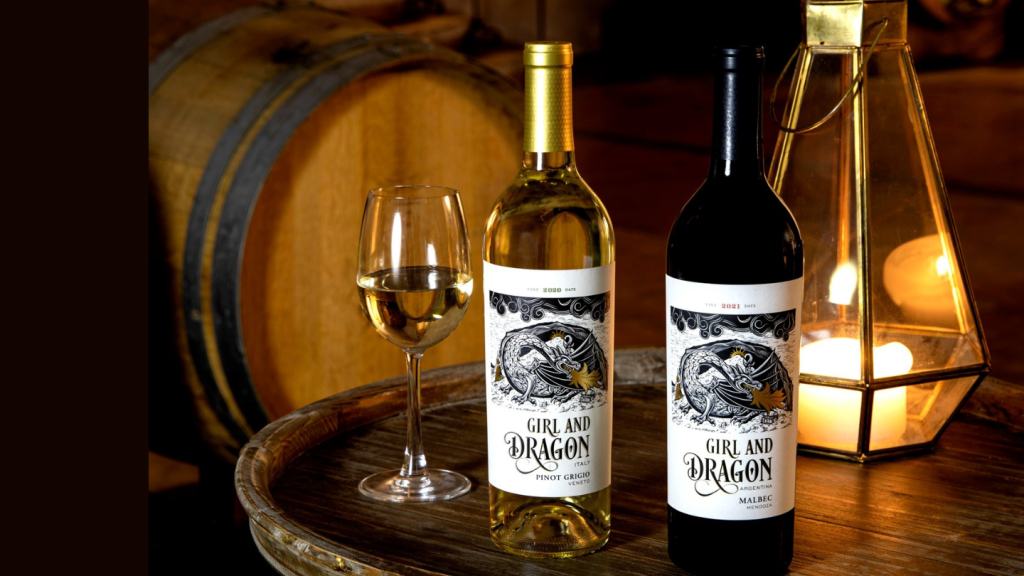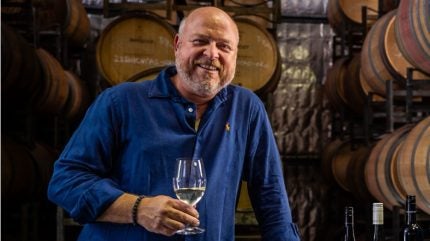
Paul Byron founded Periscope Management in 2007 to offer wineries “a connection between production, sales and marketing”.
Having worked in distribution as well as in-house for wine brands, he noted a gap in the market for holistic business support in the industry.
Periscope Management helps wineries develop business strategies and market and sell their wines both in Australia and export.
Just Drinks spoke to Byron to find out what trends he is noticing in Australia and his advice for brands in a tough climate.
Just Drinks: Could you tell us a bit about the sort of wineries you work with?
Paul Byron: We’ve got a mixed bag. We don’t really advertise our portfolio but we have around 25 wineries around the country. There’s a lot of mum-and-dad wineries that might produce between five and 15,000 cases. Then we’ve got several other wineries that have got real scalability that could be, if the opportunity was right, well over 100,000 cases.
Just Drinks: Are there key services most people ask for, or does it really depend on the winery?
Byron: It really does depend because everyone’s got different skill sets. Some wineries don’t know how to use Excel or do social media.
How well do you really know your competitors?
Access the most comprehensive Company Profiles on the market, powered by GlobalData. Save hours of research. Gain competitive edge.

Thank you!
Your download email will arrive shortly
Not ready to buy yet? Download a free sample
We are confident about the unique quality of our Company Profiles. However, we want you to make the most beneficial decision for your business, so we offer a free sample that you can download by submitting the below form
By GlobalDataEveryone’s different, they have their own bag of tricks, but we have 26 staff in the business and they all have their unique skill sets. For instance, government grants. This is an area that we get heavily involved with supporting the wineries along the way.
Government grants are really about stimulus packages and you’ve got to be creative about how you approach them, but they can be really good for your customers in various markets. A lot of wineries look at that and it’s quite confronting – they don’t want to write a 20-page report to do a grant and they don’t necessarily know how or have the time. That’s where we can assist them.
Just Drinks: Are there many other companies with a similar setup to yours or is it becoming more of a popular business model?
Byron: There’s plenty of companies who direct-to-consumer and there’s plenty of guys out there that do sales or marketing but not the whole suite of what we do.
My view was always about trying to build this business to offer a connection between production, sales and marketing. And that’s really what we’re trying to do.
Just Drinks: What are the main opportunities for Australian wine in export at the moment?
Byron: The biggest trend I’m seeing in places like the UK is in non-glass opportunities – whether it’s wine, can, Frugalpac, etc. We are seeing a lot more of that, which we’re not seeing in Australia.
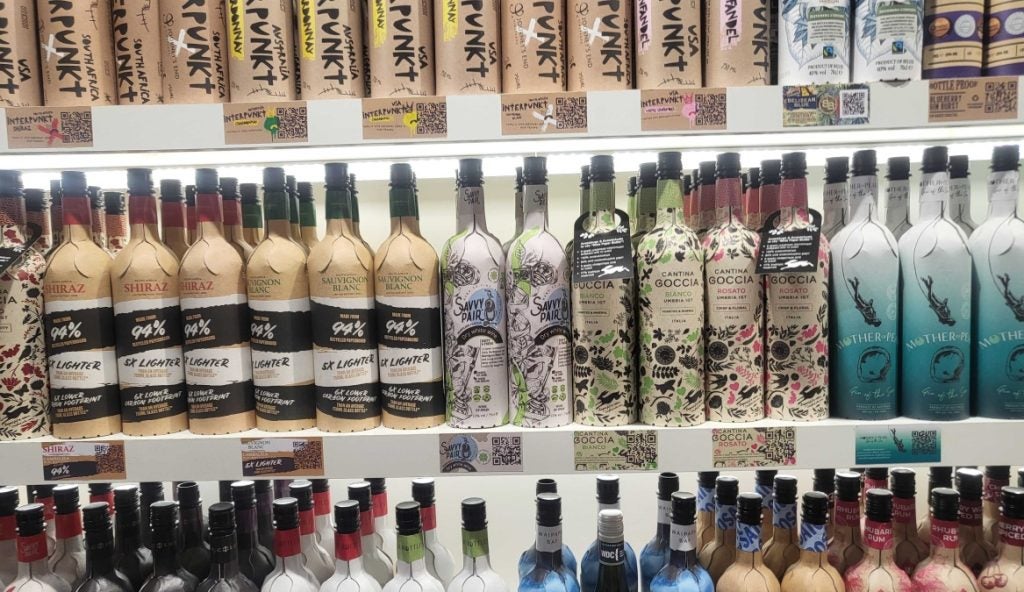
Australia is only starting to talk about [alternative packaging], whereas I think Europe and the UK are right into it. Low carbon and sustainability is something I’m saying [to clients]: ‘We’ve got to recognise and act on this.’
Just Drinks: Are you seeing a move towards alternative formats in Australia?
Byron: One of the issues we’re going to have in Australia is that we don’t have a huge amount of facilities that actually package [things like Frugalpac].
That’s becoming the next issue. Does it mean that we end up requiring to send wine in bulk to get bottled in-market? It’s going to be an interesting process.
Being in Western Australia, I don’t believe there is an opportunity to bottle Frugalpac here, so we would have to potentially ship to Melbourne or South Australia to get it bottled. So when you’re doing that, then you start to wonder: ‘Do you bother doing that or do you just send it to UK to get it bottled in-market?’
You could end up spending money sending the wine 3,000 miles across the country to get it packaged, to then send it to the UK – or you just spend the money getting into the UK. That’s where it’s an interesting space.
Cans are a lot easier. And I think we’ve got to explore things like Tetra Pak further. We’ve just got to do more research into this space and start developing strategies around how are we going to do it.
America, Europe and the UK seem to have a very good appetite for these formats, which is terrific. I think it’s going to get pushed by the younger generation. But the funny thing is this is the same generation that’s drinking less and drinking low-and-no. The message out of the US is: low alcohol, no alcohol, sustainability – come to me with those stories.
Just Drinks: Do you feel there is a bit more pressure on Australian and New Zealand wineries to be shipping in lighter formats because of your location?
Byron: Yeah, I’d probably agree on that, but it’s probably more that there’s a proximity issue. There’s potential tax benefits to shipping it as bulk, not as bottled, into certain markets. And then it’s also about having the facilities to actually do the filling process.
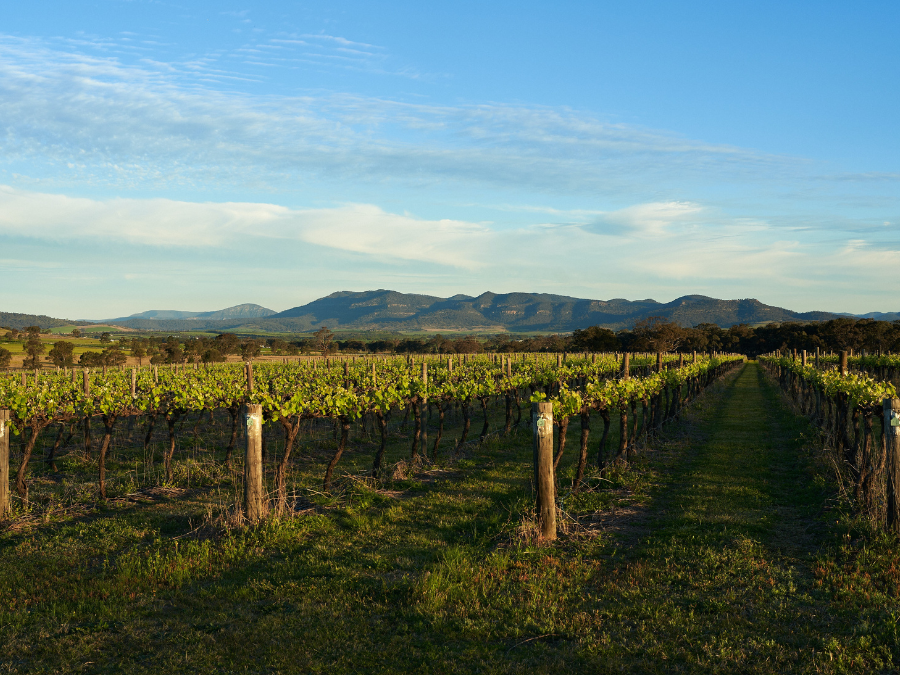
Just Drinks: How are you helping your clients transition into different packaging? Or what advice are you giving people?
Byron: With our portfolio, we’ve got four or five wineries with scalability. And they’re the ones that we will probably talk to first and we’ll look at the opportunities and how we can work together in that space.
For a lot of smaller mum-and-dad wineries I think it’ll be a bridge too far for them. I just don’t think they’re going to be in that space. So they will be very traditional in how they approach it.
Not everyone will share the vision. And quality is the first concern that a lot of them have: is the quality of the wine stored in these vessels going to be affected? Is the quality going to be affected if we bottle overseas? You’ve got those hurdles to cover with them.
Just Drinks: How do you see the US market in terms of export opportunity?
Byron: The US is a complicated market at the best of times, but I think there’s been a real shift away from the Shiraz category there. Meeting people from the US, it was always: Barossa Shiraz, then what’s next? At the moment, there seems to be a bigger appetite for Cabernet and Sauvignon Blanc. So there’s definitely a shift happening there.
It's still a good market if you cut through but the feedback we get from a lot of people is that things just haven't bounced back as quickly in some areas of the US post-Covid, where other parts of the world have.
Just Drinks: Is the US a key export market for many of your clients?
Byron: Absolutely, yes. And we would like to try and continue to build it, it’s just been a bit challenging.
One of the big things for success in export is you’ve got to spend time in the market and we haven’t been able to do that. It's really hard to do that remotely, particularly when you're trying to start a relationship for the first time. This year and next year, we're going to try and up the ante there.
Just Drinks: The other topical market is China. What are your thoughts on its potential?
Byron: I’m not sure at what pace the Chinese market is going to bounce back up, because they've got their own challenges internally as well.
The issue is that we've got a big over supply at the moment, a combination of a lot of things. There's a lot of red-wine volumes, particularly in South Australia. So I fear these guys are going to be quite desperate to try and turn that wine into cash because cash flow has been a big problem for the industry.
Just Drinks: Are any of the producers you work with struggling with over supplies?
Byron: We've got a few but not too bad.
It depends where you're at; if you're in Western Australia, if you're in Tasmania, or if you're in certain parts of Victoria, you're short in supply and prices are going up. But then if you're in certain parts of South Australia, you're over-supplied with prices going down.
So it's sort of a dual-paced industry at the moment.
What we are finding with the heavy stocks of Shiraz, particularly, it doesn't matter whether you're from different parts of Australia outside the Barossa it doesn’t matter, it's clogging up the system. And so if you're trying to sell Shiraz from Hunter Valley or Western Australia, Margaret River, the activity in Barossan Shiraz is so aggressive to try and turn stock into cash, it stops the other opportunities happening. So the buyers are enjoying a great time.
Just Drinks: How does Periscope work in different markets? Do you have relationships with importers, suppliers all over the world?
Byron: We do. We've got a couple of our own people in different markets and they bring different relationships but we spend a lot of time travelling. In the days that we were firing in China, I'd be going up five, six times a year. And they were busy trips.
You can jump on a Zoom or send an email and people can fob you off. When you’re actually sitting in the room, they've got to pay you the courtesy of probably giving you around an hour.
In that hour you're firing questions, exploring, pulling out different directions. A good salesperson should be able to do that and work out what to pitch. That can only really come from a sit down, it’s harder to do it on Zoom.
Just Drinks: Are there any other export markets you see as having big potential?
Byron: Everyone gravitates towards India because of the sheer volume and size. But I know a lot of people who have had a go and haven't had much success there. So I'm not sure what the right recipe card is for India, it’s another complicated market.
I think the reality is that small producers have got to act accordingly and get off the beaten track and actually look for some new and emerging markets and see where the opportunities are.
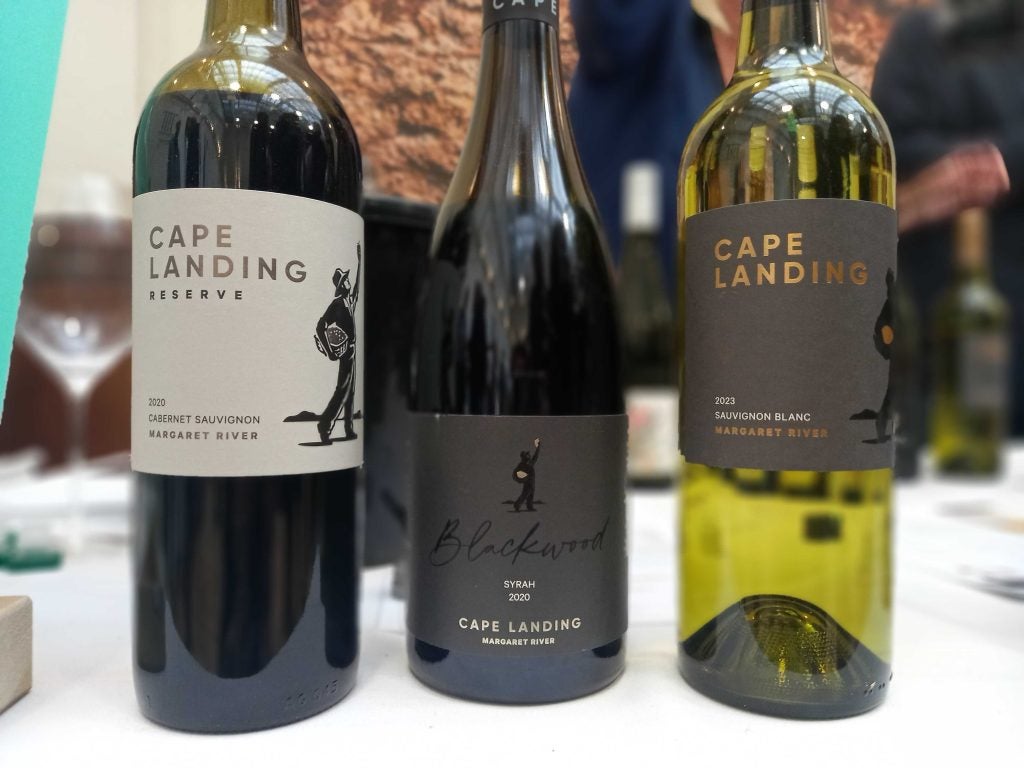
Australia has been strong in the UK. We were the flavour of the month in the late 90s and we became the flavour of the month in America the 2000s. Then China came along and we were the absolute flavour over there in the last 10-15 years.
All three markets have been banged around so now we're going: what's next? Well, they're very big markets and they're not easy to replace. So you’ve just got to spend the time grafting and looking for other areas.
Mark (Lewis, founder of Periscope’s client Cape Landing) worked in the Cayman Islands. For a small winery, he sells a fair bit of wine into the Caymans. Those connections come through relationships. After you're connected, people are still going to want to purchase the wine, taste and drink the wine. So he's managed to open the door, get it through the gatekeepers, and it's selling through.
Another producer of ours has sold some wine in Jamaica. I wouldn't have heard many wineries in the past talking about those two markets as being a target.
Talking to other producers outside of Australia, they have great success in Argentina or in Brazil. Again, we as a country haven't really spent much time focusing on them. I'm not saying they're going to be ‘great’ markets, because they got their own industry, but that's what I'm referring to. Where do you go next? Where do you look for?
We've just got to find a way of creating that connection and the relationships, because the wine is good. As a wine producing country, what we put in bottle is good.



